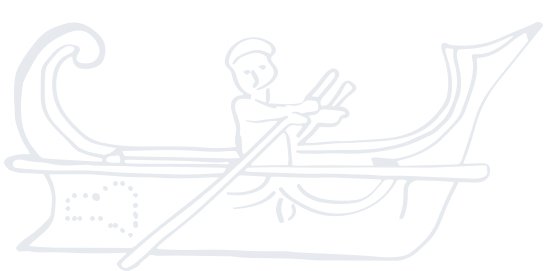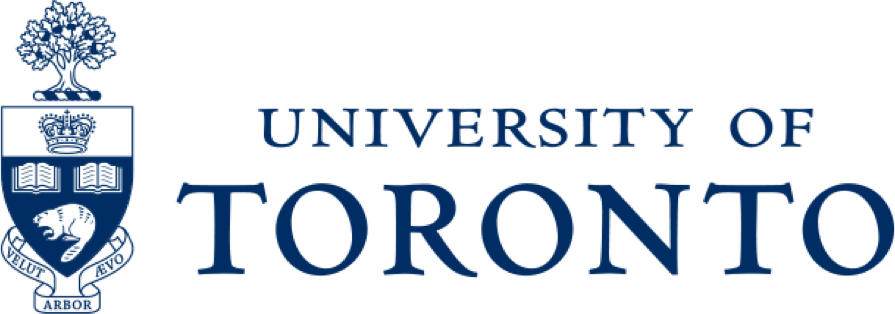
Research & Fieldwork
Populonia, Italy (Prof. Seth Bernard)
Prof. Bernard can take students to Italy for research with collections and sites, as well as site-specific archaeology at Populonia, for the next few years.
Maroni-Tsaroukkas, Cyprus (Prof. Carrie Fulton)
This project involves underwater and coastal survey of south-central Cyprus. Students will receive training in digital documentation techniques, survey methodology, data management, and artefact recording. For assessment in the field, students are responsible for keeping daily logs and submitting a final report of their involvement for the season.
Ashdod-Yam, Israel (Prof. Eph Lytle)
This project could accommodate two MACS students, where they would receive training in archaeological excavation, and no prior experience necessary. Students would be supported through a combination of departmental travel awards and research funds.
Argos, Greece (Prof. Sarah Murray)
This project offers architectural recording on the Aspis at Argos for two student assistants. Skills acquired would be precision survey with a dGPS and total station, GIS mapping, photography techniques, photogrammetric recording and processing, drone piloting, and drafting/inking of models for publication.
Palaikastro, Greece (Prof. Carl Knappett)
At this Bronze Age site in east Crete a multi-year project engages in excavation, post-excavation analysis, conservation, and site enhancement. Depending on the year, students would receive training in one or more of these domains.
Tell Tayinat, Turkey (Prof. Tim Harrison)
This excavation project can commit to taking two graduate students every year, regardless of background or level of fieldwork experience.
Athenian Agora, Greece (Prof. Philip N. Sapirstein)
The Digital Epigraphy Project explores the potential for the 3D recording and visualization of ancient inscriptions, including methods to clarify inscribed strokes through computational techniques. The Athenian Agora is the ideal site for developing new digital methods for enhancing the legibility of damaged, difficult-to-read texts, both due to its immense collection of inscriptions and their historical and cultural significance. The project is currently recruiting students interested in learning epigraphical and 3D techniques.
Temple of Hera, Olympia (Prof. Philip N. Sapirstein)
The Digital Architecture Project examines ancient Greek monuments by means of photogrammetric recording and 3D analysis. Current foci are the Temple of Hera at Olympia, which was digitized in 2014–2017 and is currently under study, and the site of ancient Hippola in the Mani (southern Greece), where fieldwork is ongoing.
East Attica, Greece (Prof. Sarah Murray)
The Bays of Eastern Attica Regional Survey (BEARS) is focused on clarifying the role of the bay of Porto Rafti in East Attica in its regional context throughout antiquity. The bay was the site of activity during many prehistoric and historical periods, especially the Early Bronze Age (EBA), the final phase of the late Bronze Age (LH IIIC), the Classical and Hellenistic periods, and the late Roman period. The goals of Bays of Eastern Attica Regional Survey (BEARS) center on clarifying the nature of these known periods of habitation, and expanding our knowledge of the connections and interactions between the bay and adjacent areas, including the bay of Brauron to the north.

